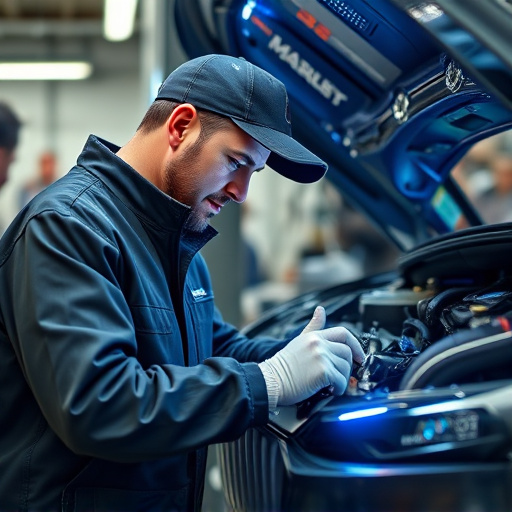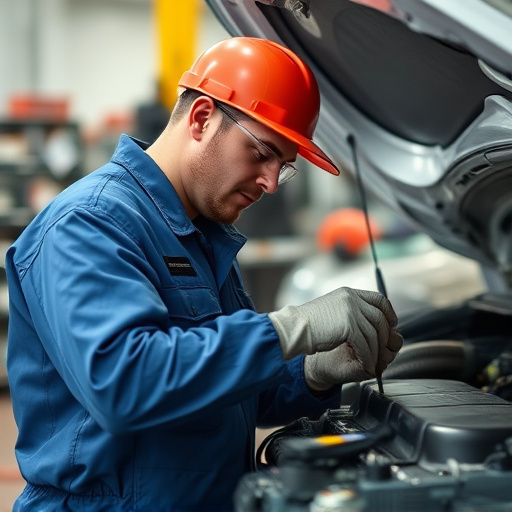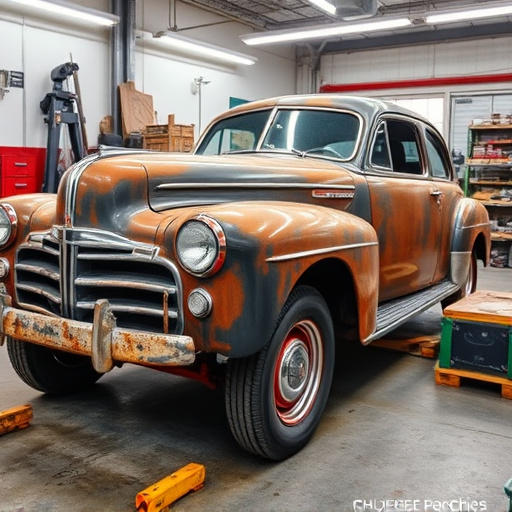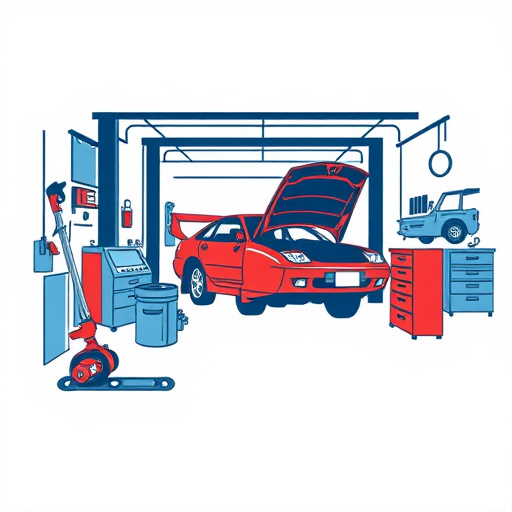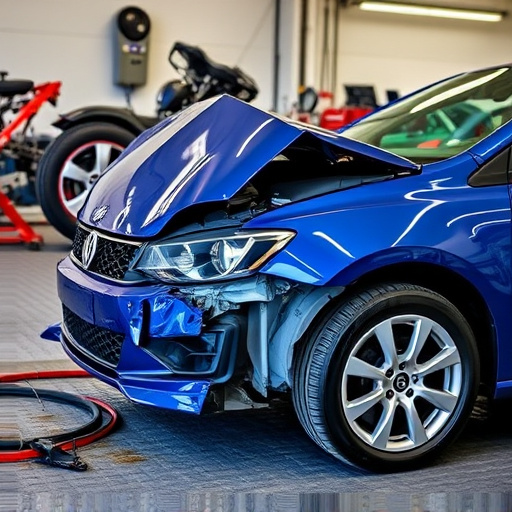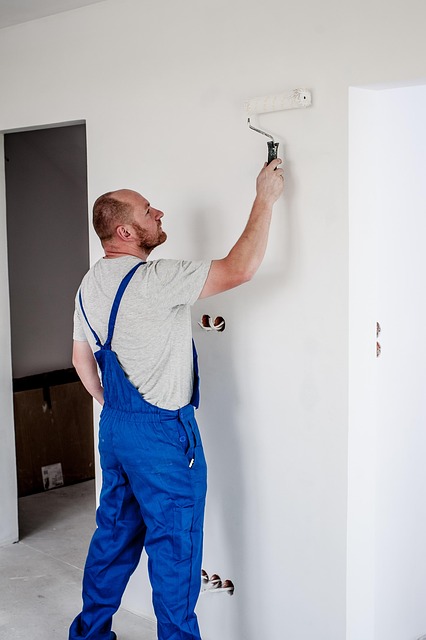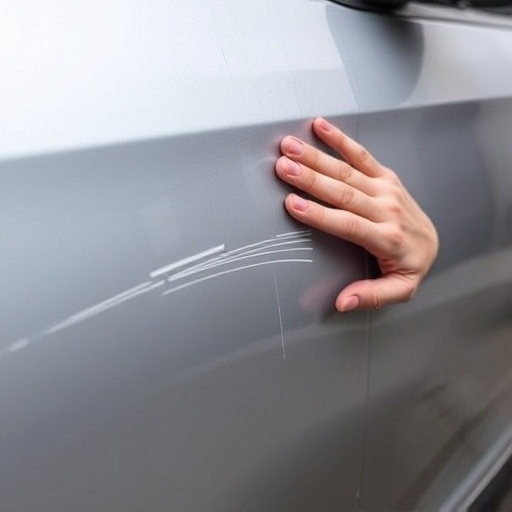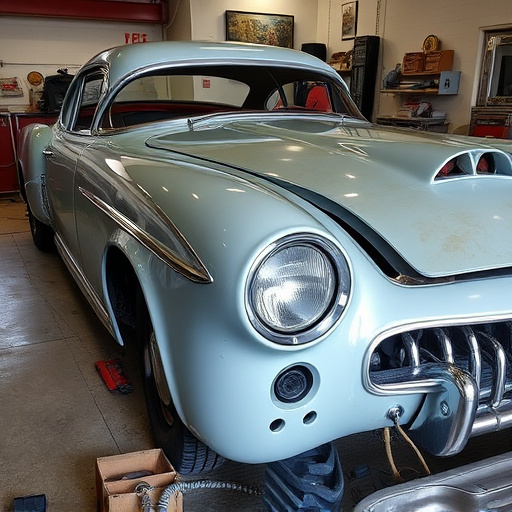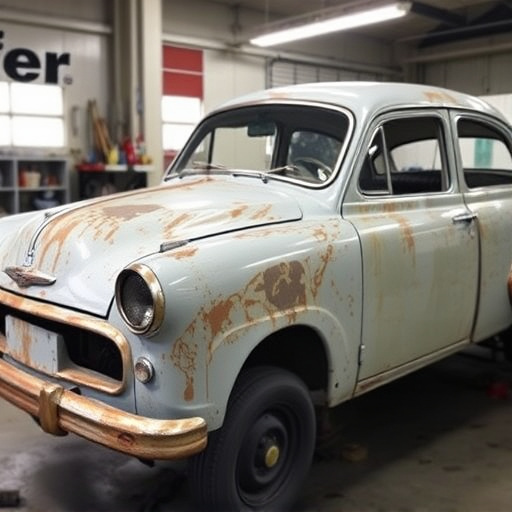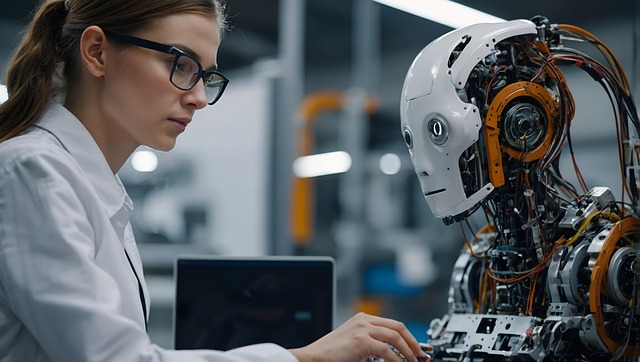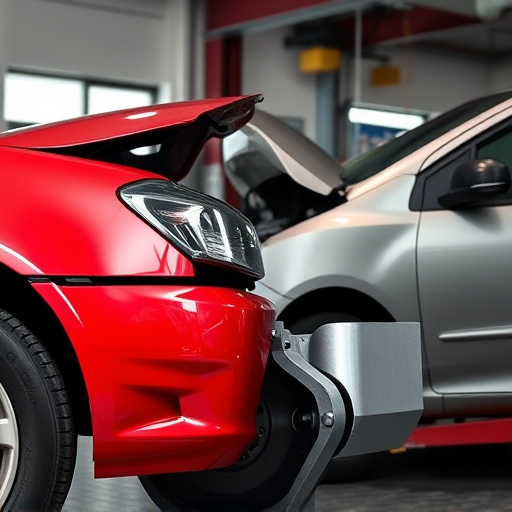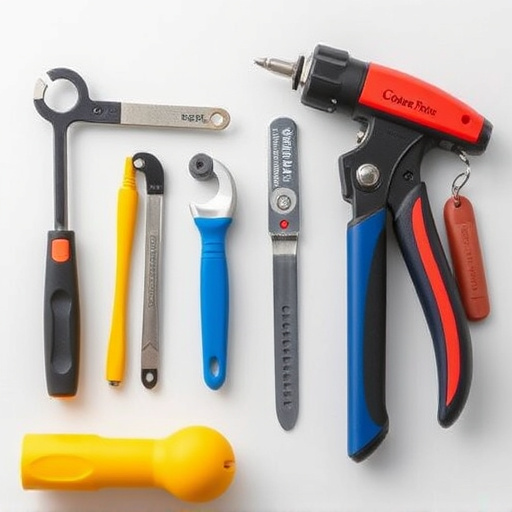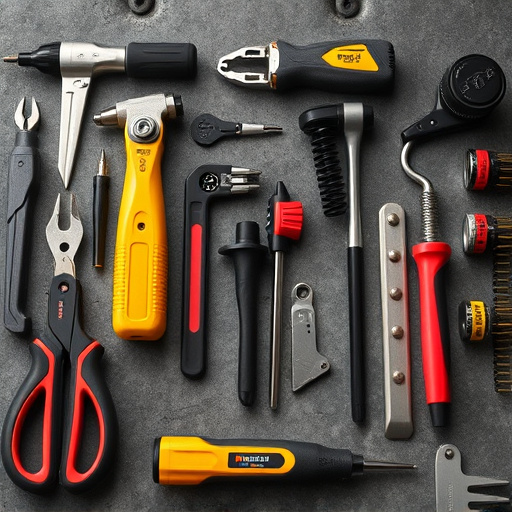Expert auto body technicians employ advanced welding techniques, such as MIG and Stick Welding, along with robotic systems, laser welding, and CAD software to restore vehicles to pre-accident condition. They prioritize safety through strict protocols, equipment maintenance, and continuous training while enhancing efficiency in intricate geometry repairs and achieving millimetric accuracy.
Expert auto body technicians are masters of welding, employing a variety of techniques to repair and restore vehicles with precision and strength. From common methods like TIG and MIG welding to advanced techniques such as laser and robotic welding, these professionals continuously refine their skills to deliver top-quality work. This article explores the common welding methods used by expert auto body technicians, delves into advanced techniques for unparalleled precision, and highlights safety and efficiency best practices essential for success in this field.
- Common Welding Methods Used by Auto Body Experts
- Advanced Techniques for Precision and Strength
- Safety and Efficiency: Best Practices for Auto Body Repair Technicians
Common Welding Methods Used by Auto Body Experts
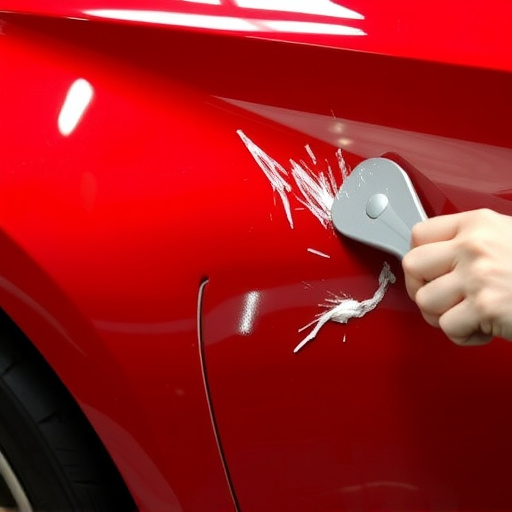
Expert auto body technicians are proficient in a variety of welding techniques, each suited to specific needs within the intricate process of car body repair and collision damage restoration. Among the most commonly employed methods are Metal Inert Gas (MIG) welding, known for its precision and versatility, making it ideal for detailed repairs and precise joint formations. This method is also highly efficient due to its automatic wire feed, allowing technicians to work swiftly yet accurately.
Another popular choice is Stick Welding, prized for its strength and adaptability in various conditions. Despite being more labor-intensive than MIG welding, it offers exceptional control and precision, making it suitable for intricate or hard-to-reach areas of a vehicle body shop. These techniques, coupled with years of experience, enable expert auto body technicians to meticulously mend and reshape vehicles, ensuring they return to their original condition after any collision damage repair.
Advanced Techniques for Precision and Strength
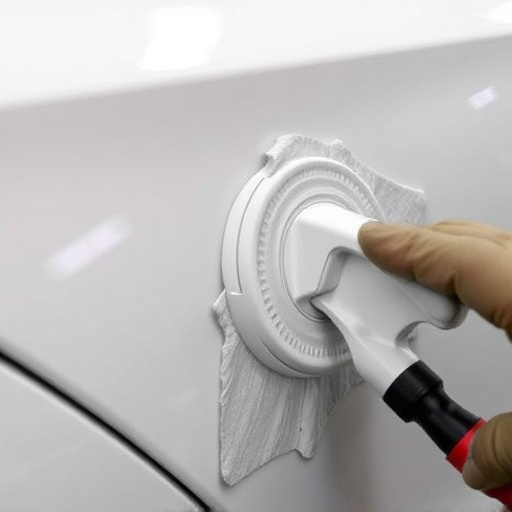
Expert auto body technicians employ advanced welding techniques to ensure precision and structural integrity in their repairs. These techniques go beyond basic fusion methods, incorporating specialized equipment and precise calculations to meet exacting standards. For instance, robotic welding systems offer unparalleled consistency and speed, allowing technicians to handle complex geometries with ease. This technology, coupled with computer-aided design (CAD) software, enables them to plan and execute intricate welds with millimetric accuracy.
Moreover, expert technicians utilize advanced techniques like laser welding for precise cuts and spot welding for localized strength. These methods not only enhance the precision of repairs but also strengthen the overall structure, crucial for ensuring the safety and reliability of vehicles post-collision. In an auto collision center or even after a fender bender, these sophisticated welding skills are instrumental in restoring vehicles to their original condition, seamlessly blending form and function.
Safety and Efficiency: Best Practices for Auto Body Repair Technicians
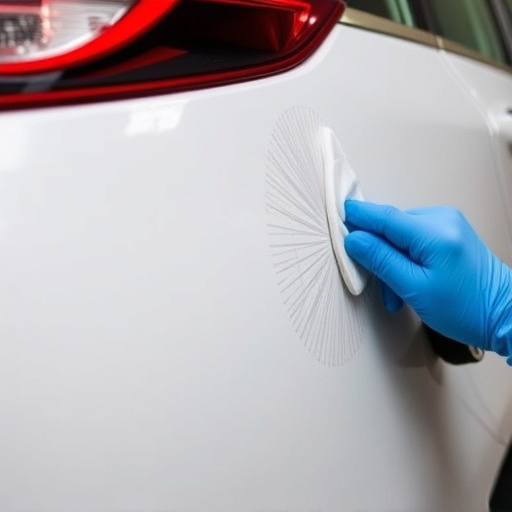
Safety and efficiency go hand in hand when it comes to mastering welding techniques as an expert auto body technician. To ensure top-notch results—and protect both the technician and the environment—adhering to strict safety protocols is paramount. This includes wearing appropriate personal protective equipment, such as eye and face protection, respirators, and heat-resistant gloves. Proper ventilation is also crucial when working with welding fumes and gases.
Efficient practices include utilizing the right tools for each specific repair task, whether it’s a precision welder for intricate car scratch repairs or a robust machine for fender repairs involving collision damage. Regular maintenance of equipment ensures smooth operations and reduces downtime. Additionally, staying up-to-date with industry standards and continuously training on new techniques allows expert auto body technicians to deliver high-quality results while prioritizing safety and productivity.
Expert auto body technicians harness a blend of common welding methods and advanced techniques to ensure precise, strong, and safe repairs. By understanding the intricacies of various welding techniques, these professionals can deliver high-quality work that meets industry standards. Through consistent adherence to best practices, expert auto body technicians not only preserve the structural integrity of vehicles but also contribute to the overall efficiency and safety of automotive repair processes.
